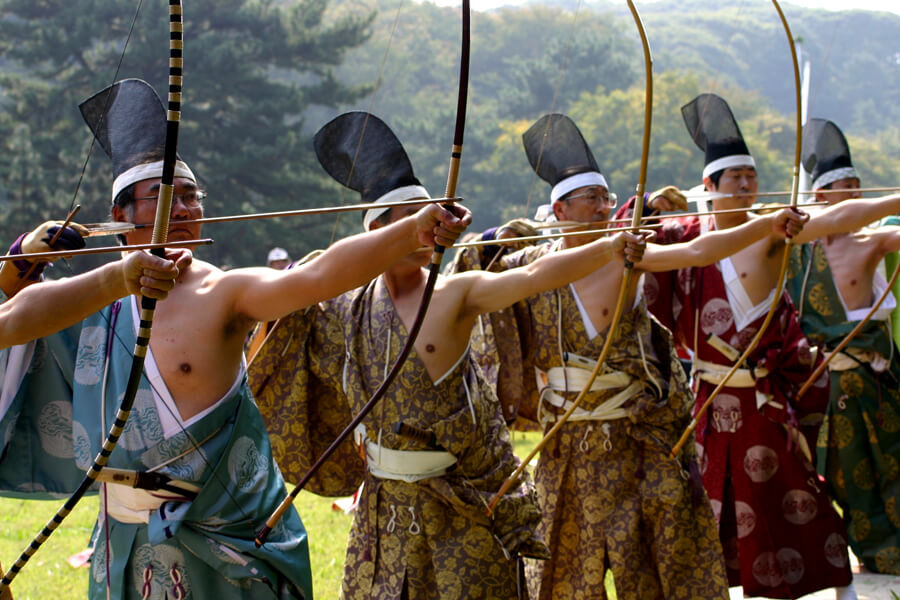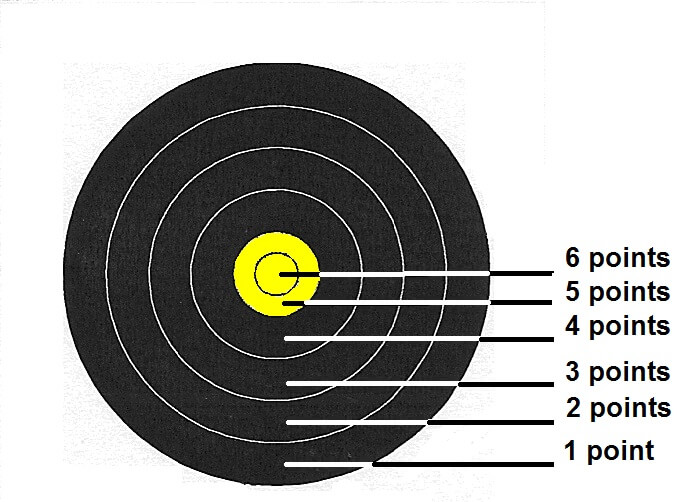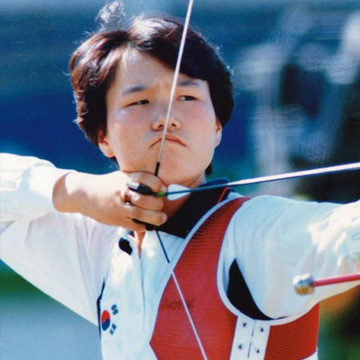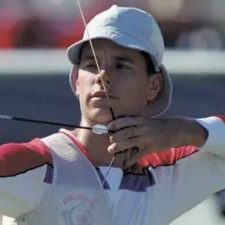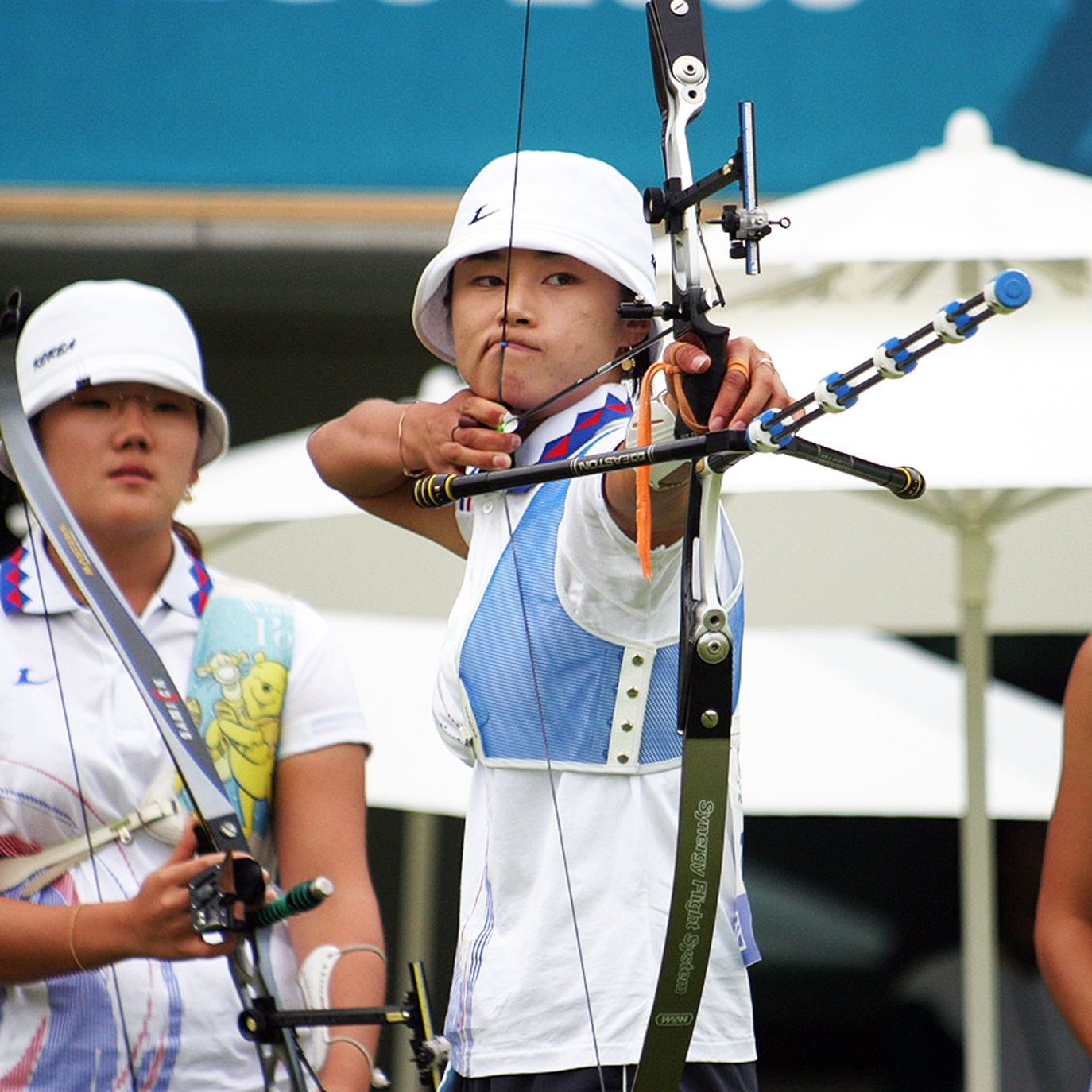IFAA and NFAA competitions include three rounds: field, hunter, and animal. A round consists of 28 targets in two units of 14.
Field rounds are at ‘even’ distances up to 80 yards (although some of the shortest are measured in feet), using targets with a black inner ring, two white middle rings, and two black outer rings. Four face sizes are used for various distances. A score of five points is awarded for shots which hit the center spot, four for the white inner ring, and three for the outer black ring.
Hunter rounds use ‘uneven’ distances up to 70 yards (64 m). Scoring is similar to a field round, the target has an all-black face with a white bullseye. Child and youth positions for these two rounds are closer, no more than 30 and 50 yards (46 m), respectively.
Animal rounds use life-size 2D animal targets with ‘uneven’ distances reminiscent of the hunter round. The rules and scoring are also significantly different. The archer begins at the first station of the target and shoots his first arrow. If it hits, he does not have to shoot again. If it misses, he advances to station two and shoots a second arrow, then to station three for a third if needed. Scoring areas are vital (20, 16, or 12) and nonvisual (18, 14, or 10) with points awarded depending on which arrow scored first. Again, children and youth shoot from reduced range.
3D rounds use life-size models of game animals such as deer. It is most common to see unmarked distances in 3D archery, as the goal is to accurately recreate a hunting environment for competition, albeit a more loosely organized form of competition than other types of field archery. Though the goal is hunting practice, hunting tips (broadheads) are not used, as they would tear up the foam targets too much. Normal target or field tips, of the same weight as the intended broad head, are used instead.
Rules: There are four different target face sizes in field archery; 20 cm, 40 cm, 60 cm, and 80 cm. Irrespective of the round you are shooting, target faces are always set up the same, 20 cm in a block of 12 faces; three high and four across, 40 cm is set in a block of 4 faces; two across the top and two across the bottom.

